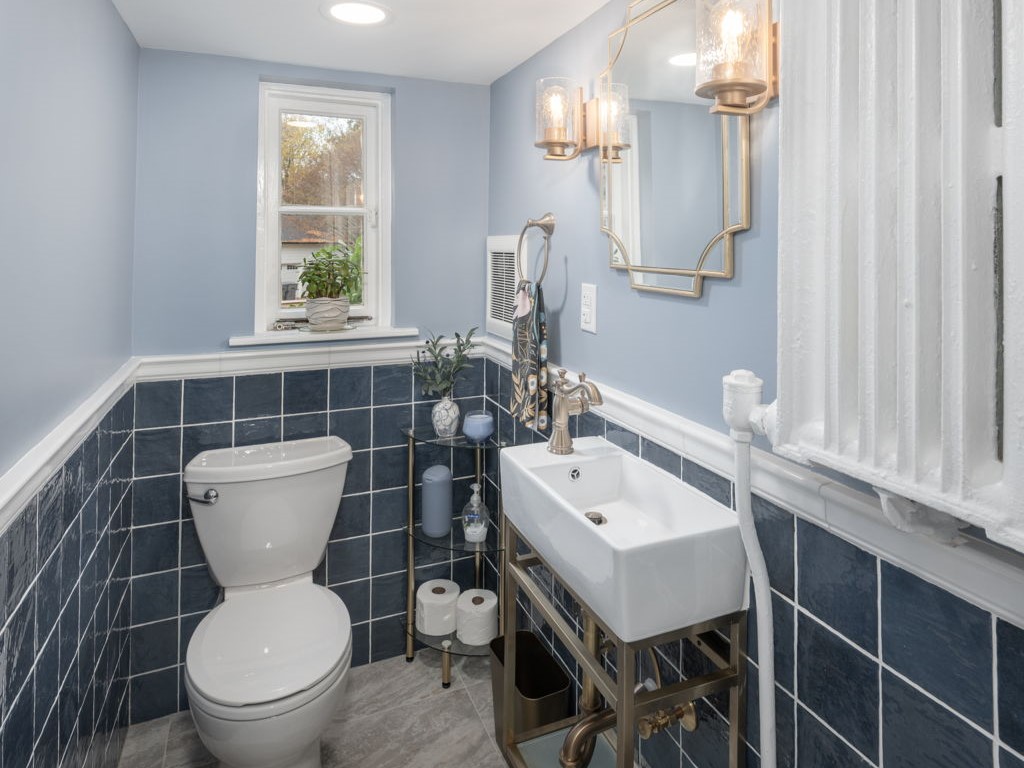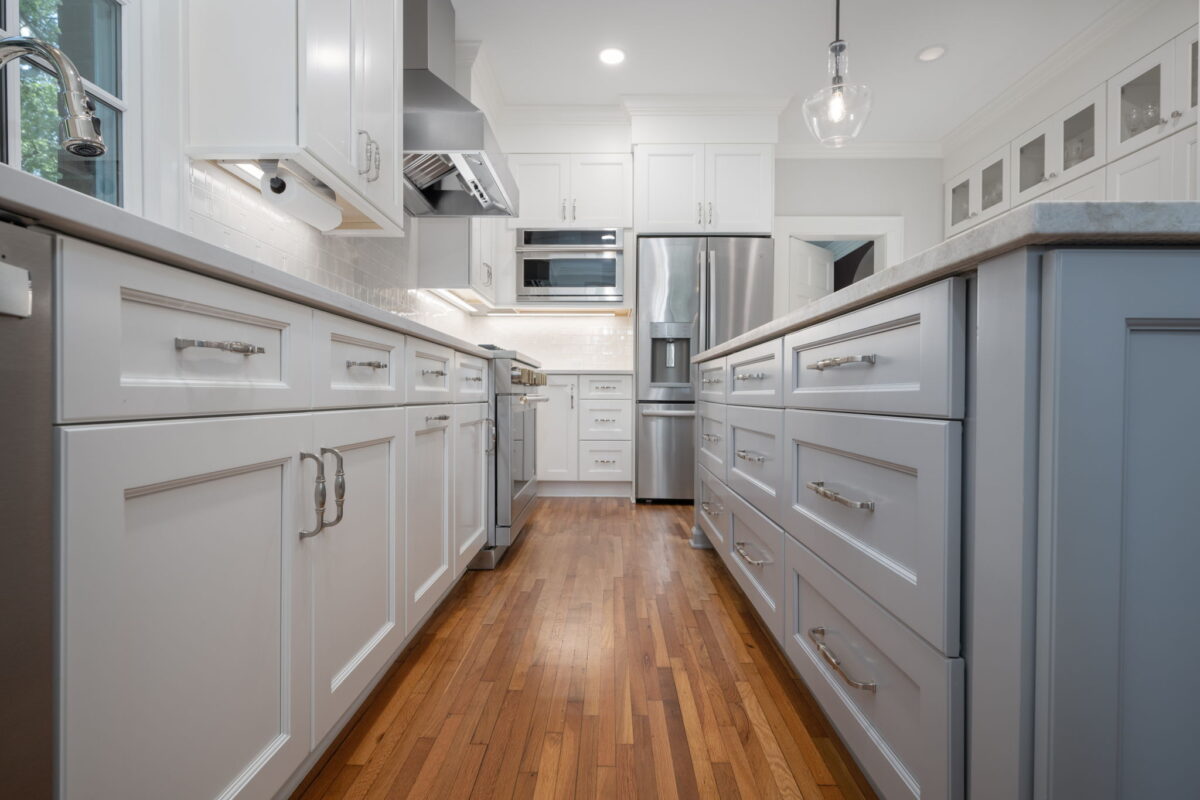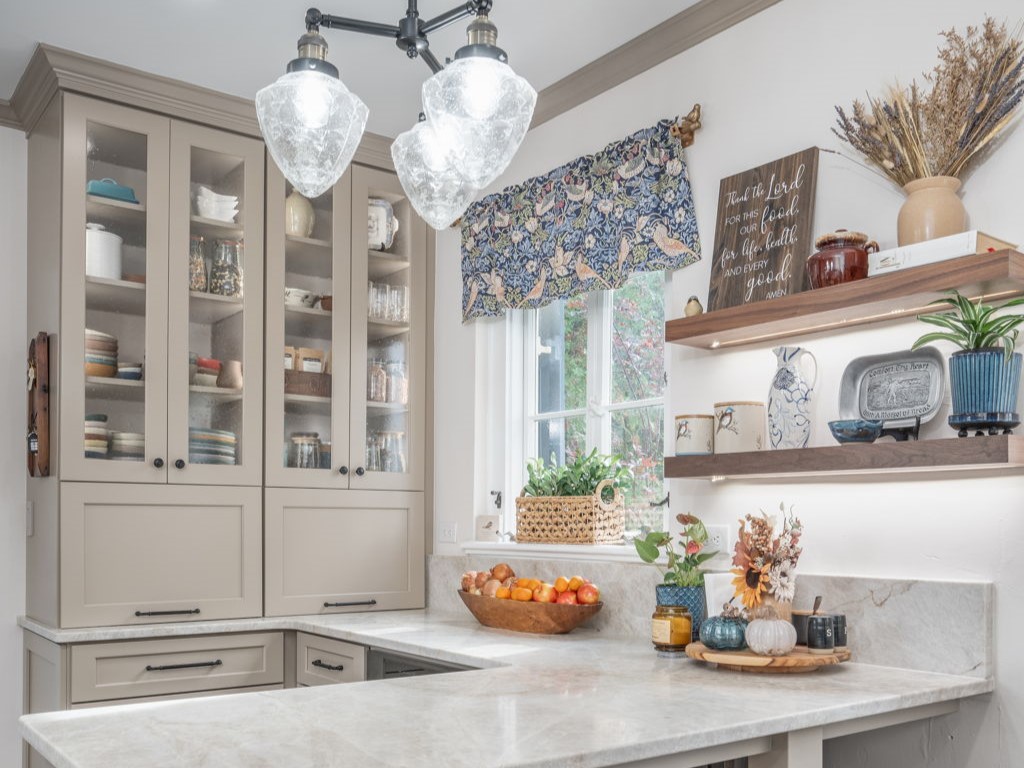The Challenges of Renovating Older Homes in Charlotte: What Homeowners Should Know
Renovating older homes in Charlotte offers the opportunity to preserve the unique charm and character that modern constructions often struggle to replicate. Their intricate architectural details, solid craftsmanship, and historical significance make them highly desirable for renovation projects.
However, breathing new life into an older home can come with its own set of challenges, as problems inevitably arise due to age and wear. These challenges must be addressed to ensure safety, functionality, and compliance with modern building codes.
Electrical System Overhauls
Outdated electrical systems are a common issue in older homes. This is an especially serious concern as these old systems often do not meet current safety standards. Engaging a qualified electrician to assess and update the electrical system is essential in successfully renovating an old home.
Outdated Wiring
Many older homes have wiring systems that don’t meet current safety standards. Knob-and-tube wiring, common in homes built before the 1950s, can pose fire hazards and may not support modern electrical loads.
Insufficient Electrical Capacity
Older homes often have electrical panels with limited capacity, which may not accommodate the power demands of contemporary appliances and technology. This can lead to overloaded circuits and frequent tripping of circuit breakers.
Absence of Ground Fault Circuit Interrupters (GFCIs)
Historic homes may also have inadequate grounding for the electrical system, which is essential for safety. Grounding helps prevent electrical shocks and ensures electrical systems function correctly.

Plumbing Problems and Pipe Replacement
Renovating a historic home can reveal various plumbing issues that need careful attention and sometimes require a significant overhaul. Engaging a professional plumber with experience in historic renovations can help ensure that your plumbing system is brought up to modern standards while preserving the integrity and character of the home.
Corroded Pipes
With age, pipes can develop leaks or corrosion, leading to water damage, mold growth, and structural issues. Corroded pipes are also more prone to burst, especially if exposed to high water pressure.
Low Water Pressure
Older plumbing systems may struggle to provide adequate water pressure due to the accumulation of sediment or the deterioration of pipes. This can affect the performance of fixtures and appliances.
Use of Outdated Materials
Older homes often have plumbing systems with outdated materials such as cast iron, lead, or galvanized steel. Cast iron pipes can rust and corrode over time, lead pipes pose health risks due to lead contamination, and galvanized steel pipes can become clogged with rust and mineral deposits, reducing water flow.
Structural Concerns
Over time, the natural settling of a building, combined with age-related wear and tear, can lead to floors that noticeably dip or slope. Uneven foundations may result from soil movement or moisture damage, causing instability and potential damage to the structure above. Compromised load-bearing walls, which are essential for supporting the weight of the home, can lead to significant structural problems if they become weakened or deteriorated.
Addressing these issues requires the expertise of a structural engineer, who can thoroughly assess the home to identify the extent of the damage and recommend necessary reinforcements or repairs. This professional evaluation ensures that any repairs or reinforcements are done correctly and effectively, preserving the home’s safety and stability.
Outdated and Inefficient Windows
Unfortunately, historic homes have a reputation for being cold and drafty. If you experience this in your historic home, old windows could definitely be the culprit.
Many older homes were built with single-paned windows, which are poor insulators and allow heat to transfer in and out easily. Replacing old windows with more energy-efficient options that maintain the home’s historical integrity is a great way to improve comfort and reduce energy costs.
Older windows, particularly those painted before 1978, may also have lead-based paint. This paint poses significant health risks if it deteriorates or is disturbed during renovation work. If lead is present in the paint on your windows, proper removal and abatement are essential to ensure safe removal and disposal. Gary has a certification from the EPA to work with and properly dispose of lead paint.

Hazardous Materials
Older homes often have hidden hazards, such as materials commonly used in construction before their health risks became widely known.
Asbestos
Once valued for its fire-resistant properties and durability, asbestos was frequently used in insulation, flooring, and roofing materials. Breathing in asbestos fibers can cause serious health issues, including lung disease and cancer.
Lead
Lead, used in paint and plumbing, poses severe health risks, particularly to children and pregnant women. Specifically, it can impact the brain, nervous system, and reproductive health.
Abatement and Removal
Both materials can cause significant health issues if disturbed during renovation work. Thorough testing for asbestos and lead is crucial before embarking on any renovation project in an older home.
Certified professionals should perform testing to ensure accuracy and safety. If hazardous materials are detected, proper abatement procedures must be followed to safely remove or encapsulate them to prevent exposure.
This work must be carried out by trained and licensed abatement contractors. Proper abatement protects the health of the home’s occupants and ensures compliance with current health regulations and building codes.

Inadequate Insulation and Energy Efficiency
Inadequate insulation is a common issue in older homes, leading to poor energy efficiency and inflated heating and cooling costs. Homeowners have several insulation options to address this problem while preserving the home’s original character.
Walls
For walls, blown-in cellulose or spray foam insulation can be injected into cavities without requiring extensive demolition, providing effective thermal resistance while minimizing impact on the home’s appearance.
Attics
Adding layers of fiberglass or cellulose insulation to attics can improve energy efficiency without altering the home’s aesthetic.
Crawl Spaces
Crawl spaces, often a source of drafts and moisture issues, can benefit from insulation materials such as foam board or spray foam, which can be applied to walls and floors to create a more consistent temperature.
Unique Architectural Features
Retrofitting insulation in homes with unique architectural features presents specific challenges. Insulating around ornate moldings, original plaster walls, or built-in furniture can be complicated and tricky without damaging these historic elements.
Balancing modern insulation techniques with the need to maintain historical integrity often necessitates working with specialists who understand both preservation and energy efficiency. These experts can help design and implement solutions that enhance the home’s comfort and efficiency while respecting its architectural heritage.
Bringing Systems Up to Code
Bringing all systems in a historic home up to current building codes is essential for ensuring safety and functionality. Building codes have evolved significantly over the decades, and what was acceptable during construction may no longer meet today’s stringent safety standards. This is particularly crucial for systems like electrical, plumbing, heating, and ventilation, which play a vital role in the overall safety and efficiency of the home.
Given the complexity of renovating a historic home, it is vital to work with a knowledgeable contractor who has experience with both historical preservation and modern building standards. A contractor who understands the intricacies of older homes can navigate the challenges of updating systems while preserving the property’s architectural integrity. They can also ensure that all renovations and upgrades comply with local codes, avoiding potential legal issues and meeting current safety requirements.
Are You Ready to Take On a Historic Home Renovation? GJK Remodeling Can Help
If you’re considering starting a renovation project for your historic home, look no further than GJK Remodeling for expert guidance and exceptional craftsmanship. We understand the complexities of renovating historic homes and are committed to bringing your vision to life while adhering to current building codes and preserving the character of your property.
Contact GJK Remodeling today to discuss how we can help transform your historic home into a beautifully updated yet timeless masterpiece and give you a Life Remodeled.